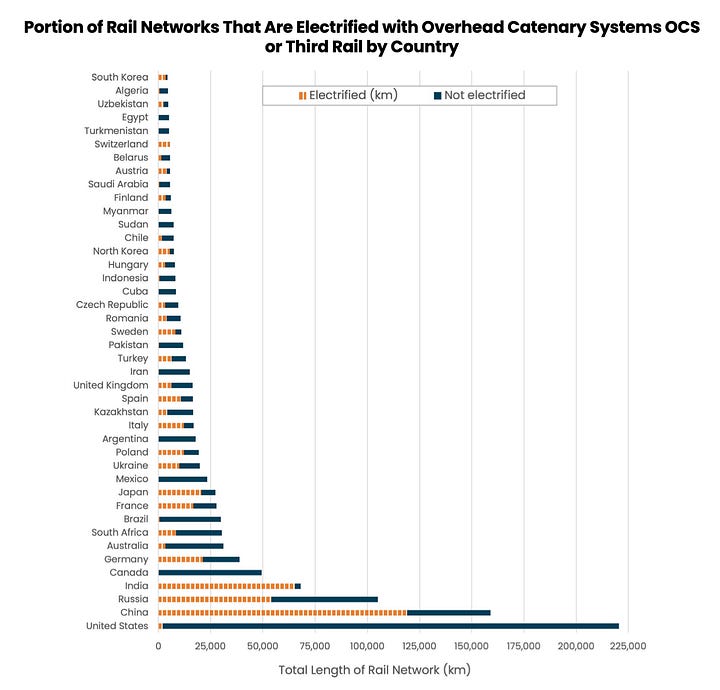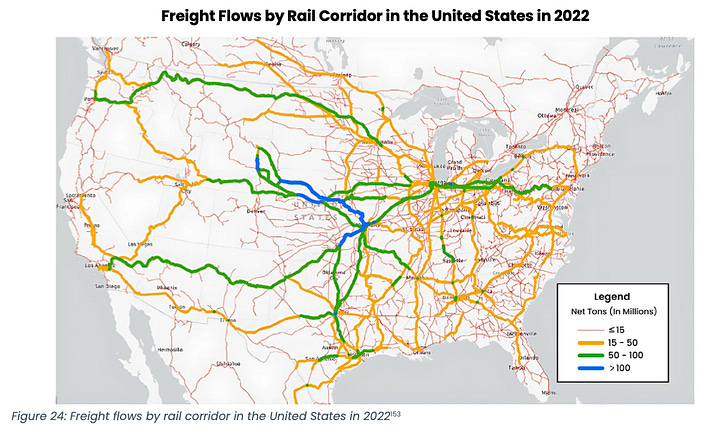Every few months, I share things I read/watched/listened to, mostly related to travel and transportation. Hope you like these!
Deep dive on Wander - Wander is a high-end vacation rental company. The initial thesis was that they would need to vertically integrate - control the customer relationship, management of the properties, and own the properties - in order to offer a consistent, high-quality experience (unlike Airbnb). As interest rates increased, they were forced to change their business and list homes they don’t own. They say it’s working well for them and the interview is framed around that pivot, but it’s worth reading just to get a sense of how to carve a niche away from a mega platform like Airbnb. Could there be an equivalent opportunity in other areas? For example, imagine a higher quality version of GetYourGuide/Viator.
Santi Ruiz at Statecraft has been on a transit kick. Two recent interviews are worth reading or listening to. First, he spoke to Stephanie Pollack, who was head of Federal Highway Administration and head of the Massachusetts Department of Transportation. She gets into very concrete detail on why major transit projects are so slow and expensive in the US. Second, he interviewed Randy Clark, the head of Washington DC’s transit agency, WMATA. Clark has led a turnaround of the agency through many small things. He just seems like a great operator, and somebody who can push an extremely conservative agency to take appropriate risks.
DOE Report on Rail Decarbonization - In December 2024, the US Department of Energy released a great report on what it would take to decarbonize the rail sector in the US. I found it surprisingly hopeful, even though I suspect it will be ignored for the next few years by the current administration. Short version: the US rail network is huge, emissions are mostly from trains hauling freight across long distances, and the best way to eliminate those emissions is through discontinuous catenary. What’s that? Unlike traditional overhead electrification, which needs to run over all track and is therefore quite expensive to install, discontinuous catenary assumes trains have batteries and therefore only need electric power in some sections. For example, 200 miles would have overhead wire to power trains and charge batteries, then 200 miles would not need overhead wire and trains would use their batteries. Overall cost is lower, since less overall catenary is installed but also because the most difficult and expensive sections can just be avoided. Check out these charts from the report.




Benedict Evans’s presentation on AI - Evans is one of my favorite tech writers. I recommend his newsletter. Every year, he creates a slide deck summarizing the current state of the tech industry, and his most recent one focused on AI. Worth reading for the big questions - what’s happening? what do we know/not know? who will make money? what will change/not change?
AI as Normal Technology - In the same vein, a paper proposes that we look at AI as a “normal technology” in terms of how it will be adopted and how it will affect society. This doesn’t negate AI’s potential, but it tamps down some of the hype around super-intelligence. The internet and the electricity were massively disruptive, and the authors propose we look at AI as an equivalent, “normal” change.
Rick Rubin interviewed by Rick Beato - I loved this interview. Beato has deep knowledge about all the music Rubin has worked on. They play segments from lots of the songs and Rubin reflects on how they were made and the components that made them successful. The interview is 2 hours, but worth listening to (no need to watch).
Electric vs Diesel train acceleration - Caltrain, the commuter rail system in the SF Bay area, recently upgraded to electric trains (with catenary). This one-minute video if fun - it compares the acceleration out of a station of their new electric trains and their old diesel trains. As you can see, electric trains accelerate faster. For commuter trains, which stop frequently, faster acceleration means the overall trip time is shorter.
That's it for today, thanks for reading.






